Breeding and Nesting
Great Crested Flycatcher: Four to eight white to buff eggs marked with brown, olive, and lavender are laid in a nest filled and lined with grass, weeds, bark strips, rootlets, feathers, fur, snake skin, onion skin, and cellophane. Nest is usually built in a cavity, abandoned hole of another bird, or bird box.
Foraging and Feeding
Great Crested Flycatcher: Eats variety of large insects, including beetles, crickets, katydids, caterpillars, moths, and butterflies; also eats fruits and berries; forages by flying from a perch to snatch insects from foliage, mid-air, or on the ground.
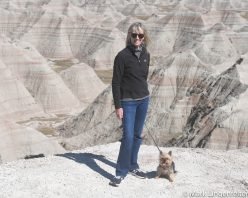
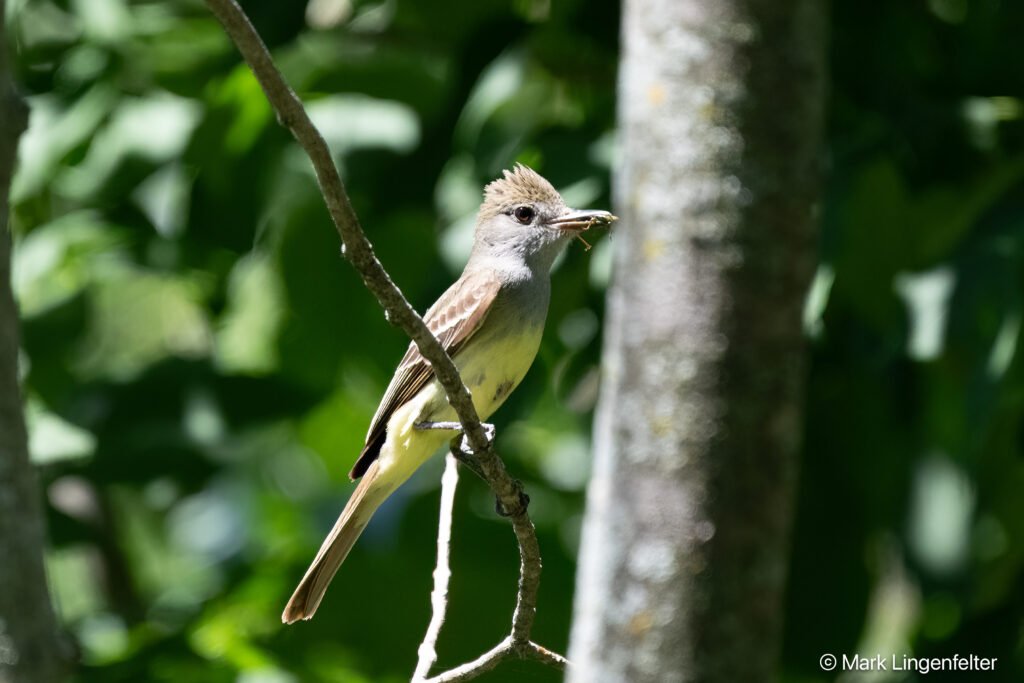
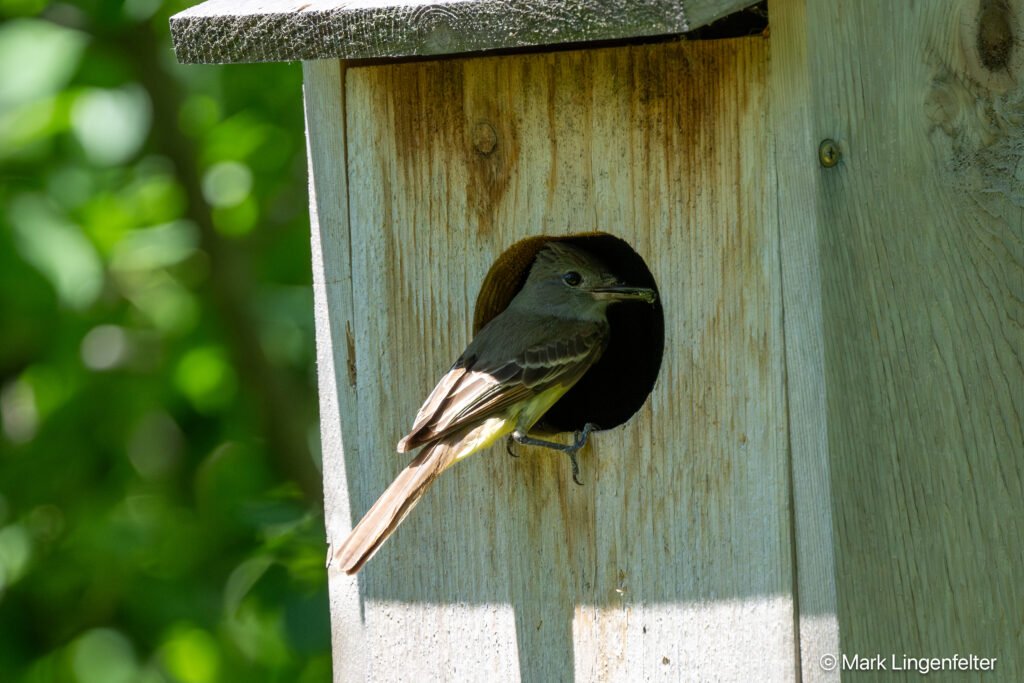
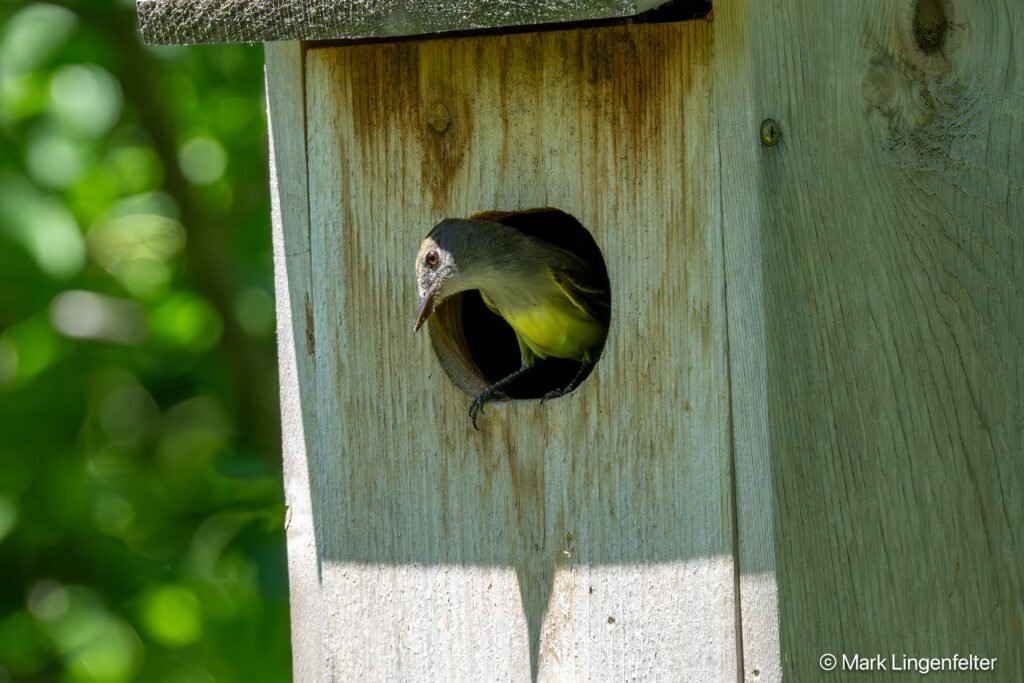
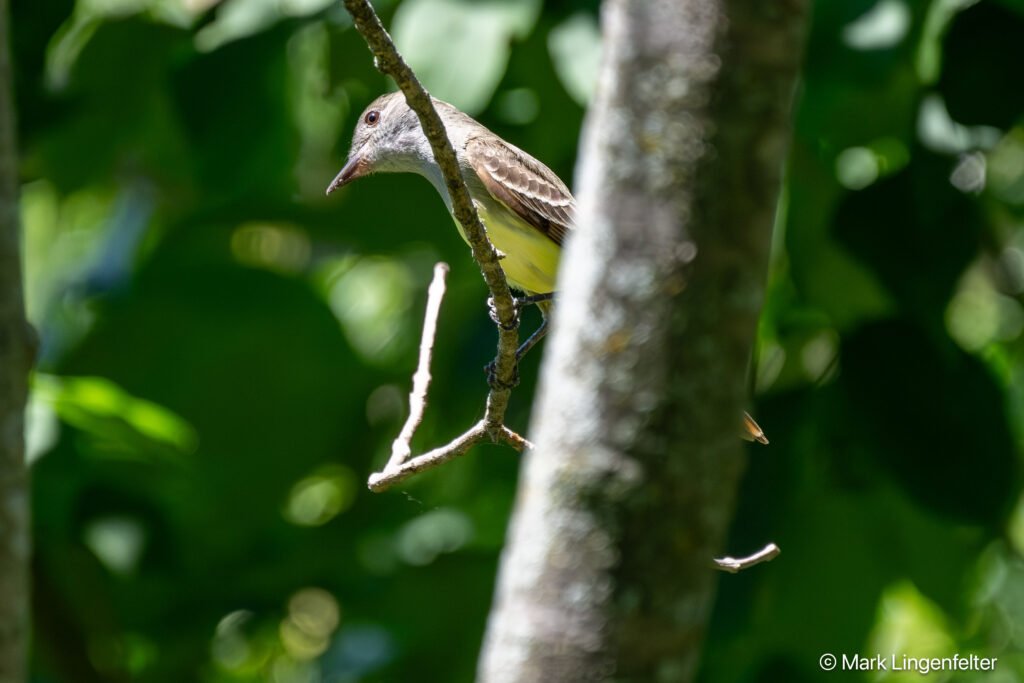
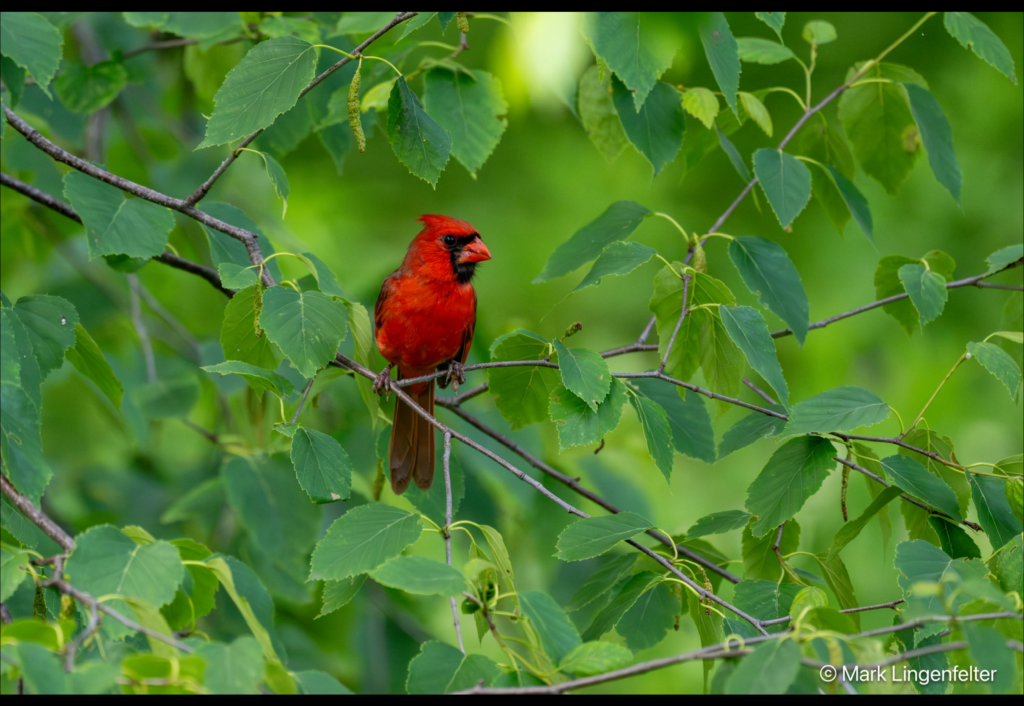
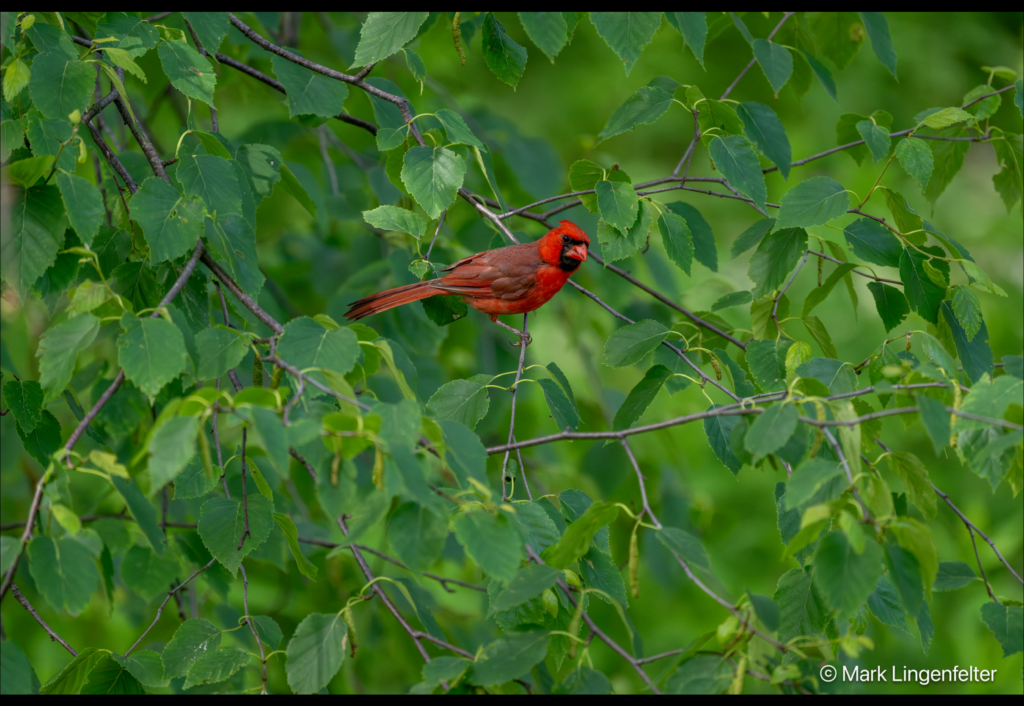
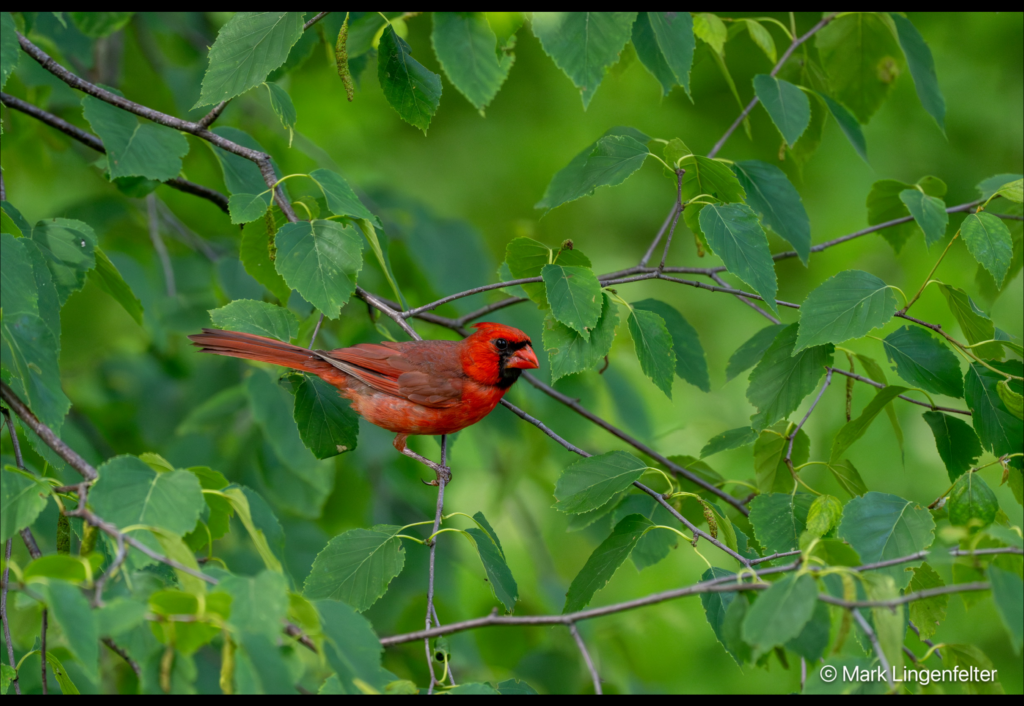
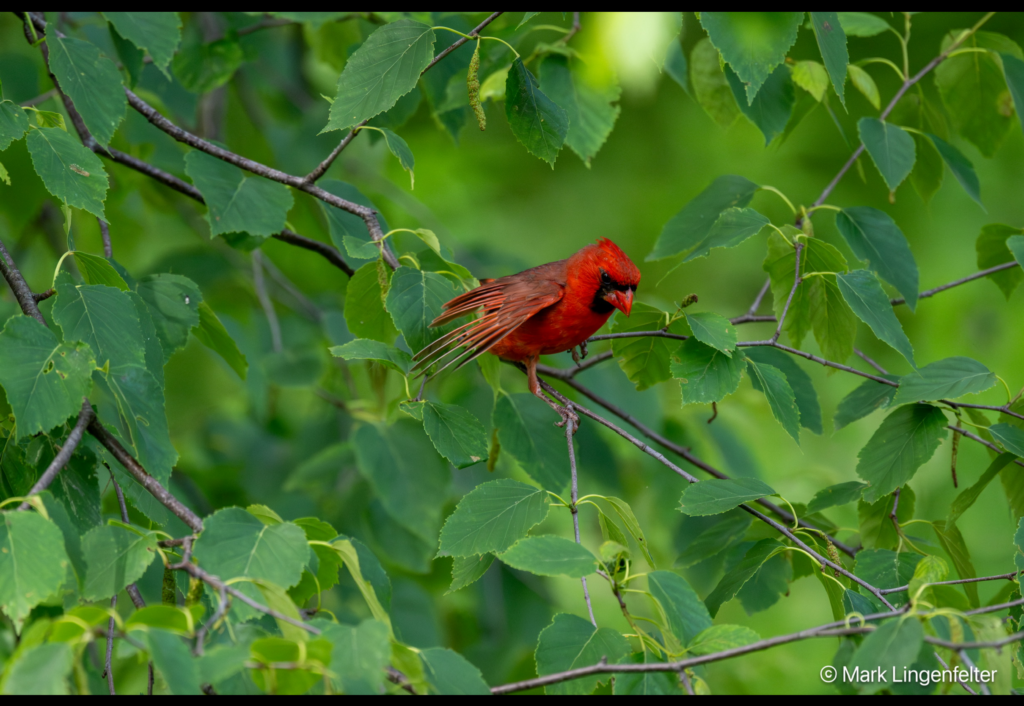
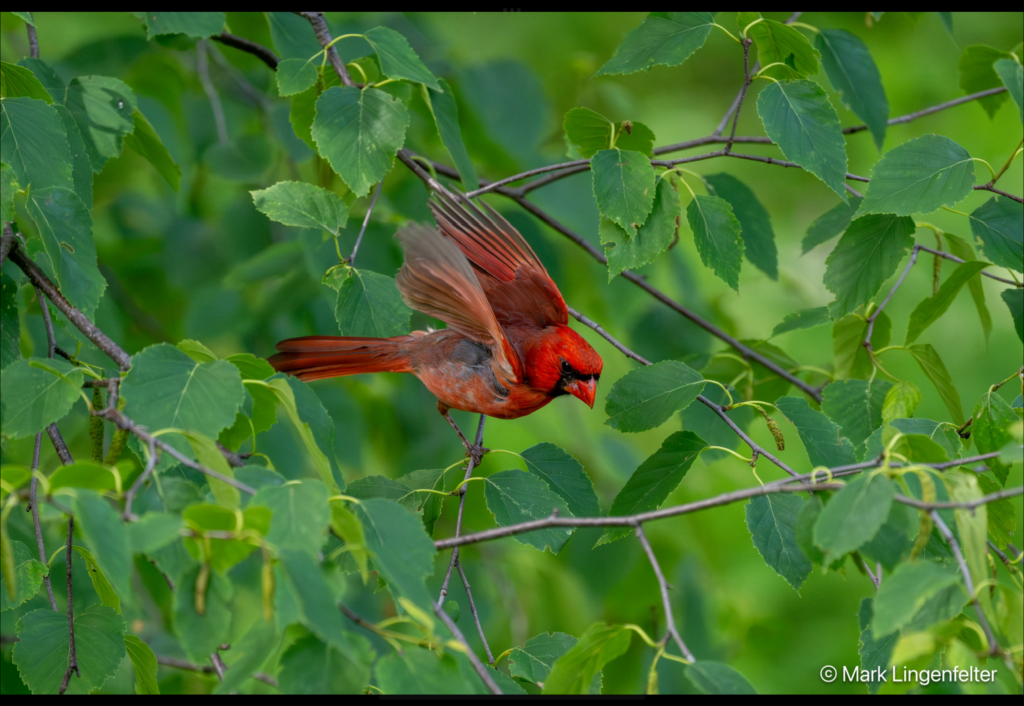
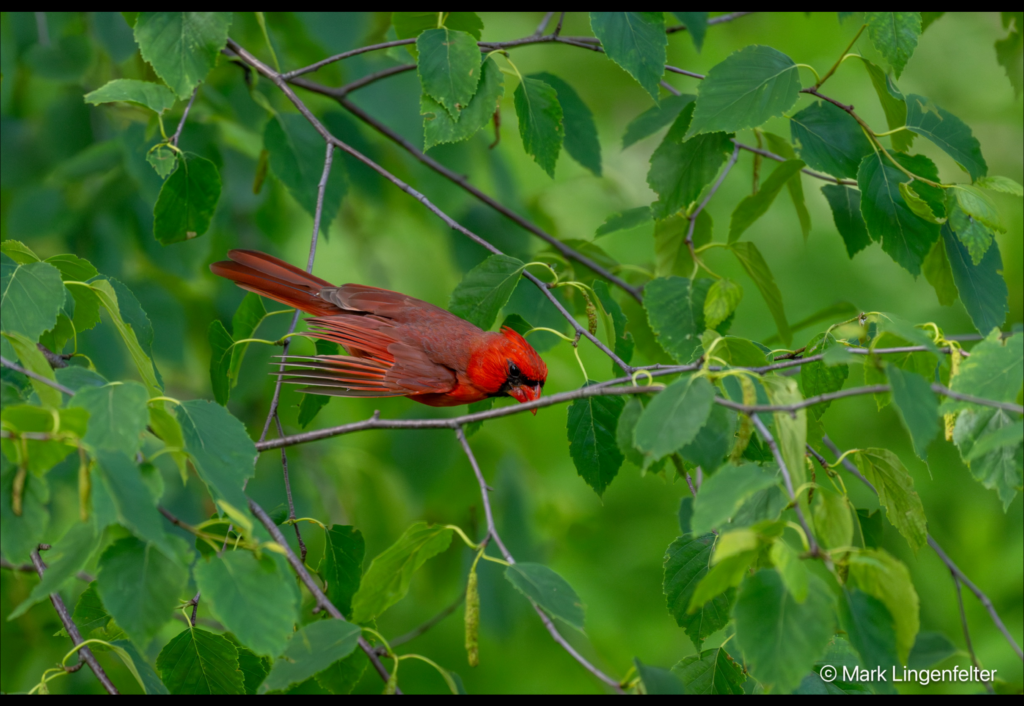
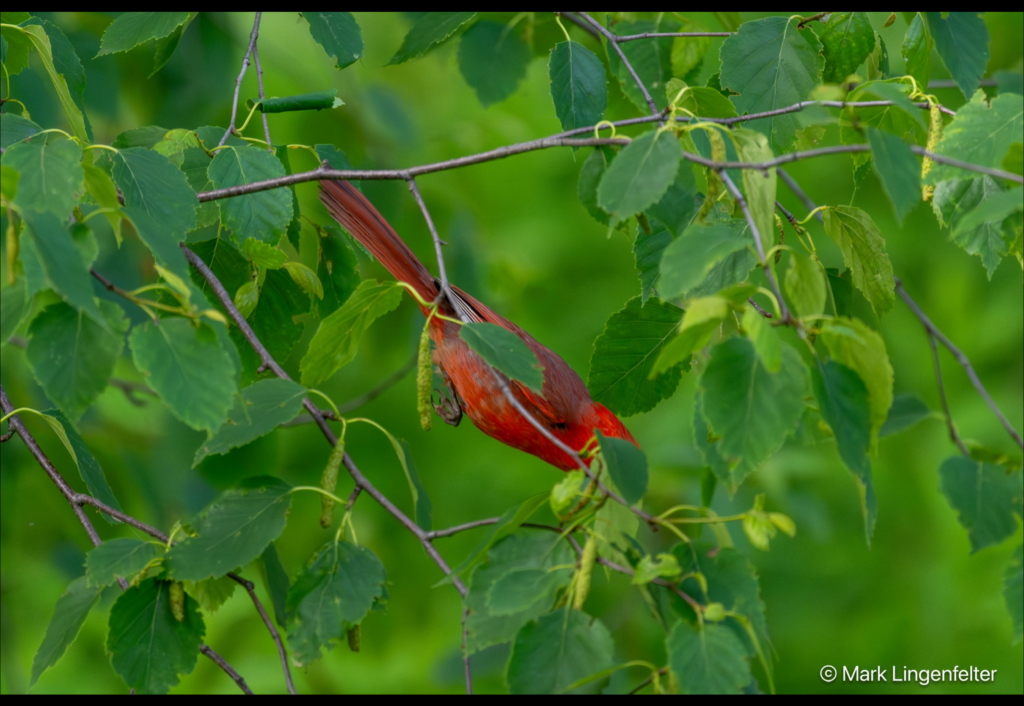
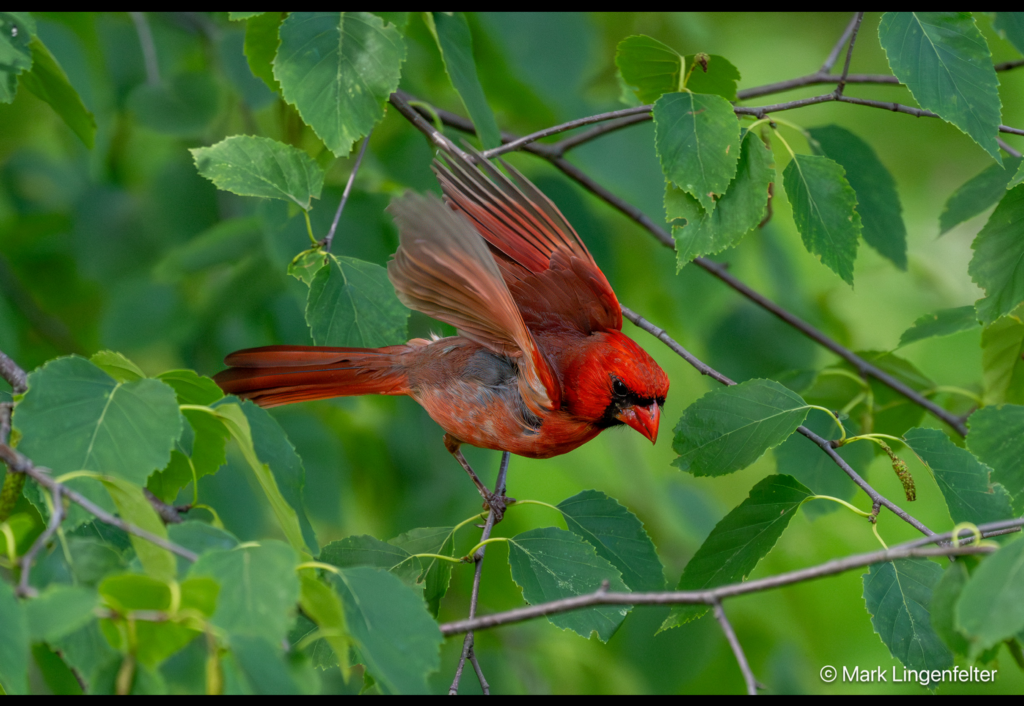
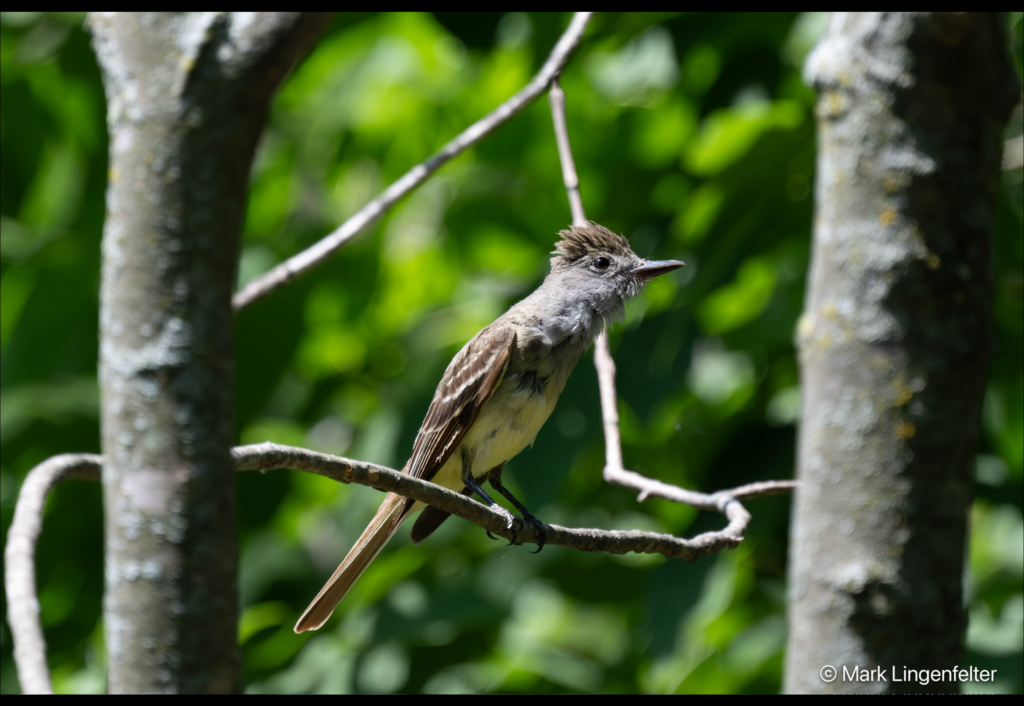
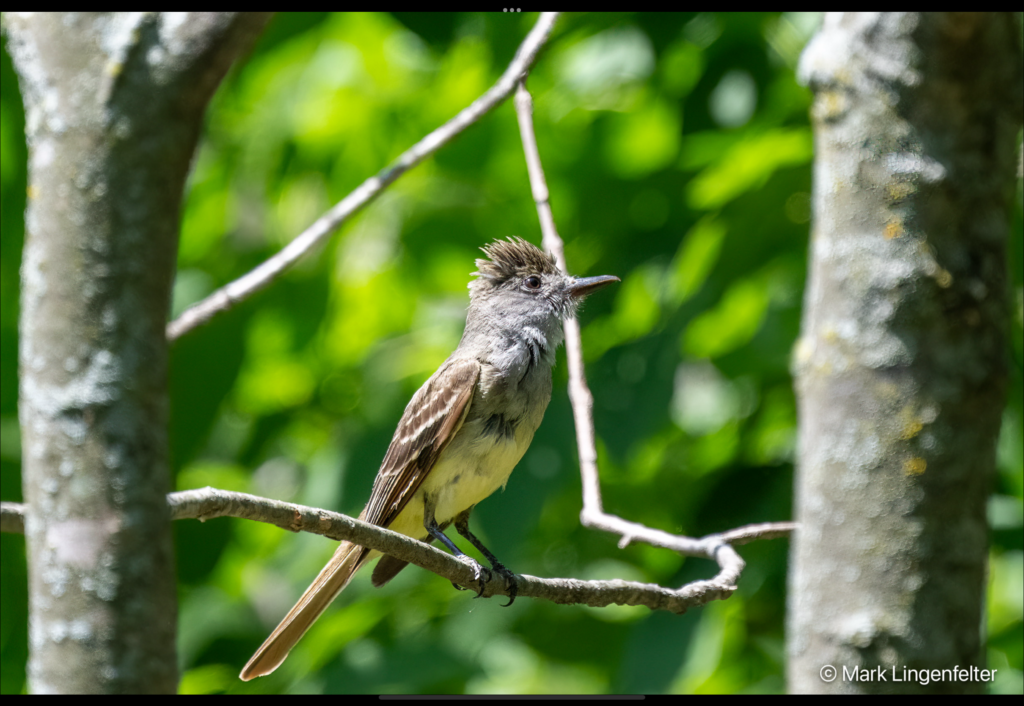
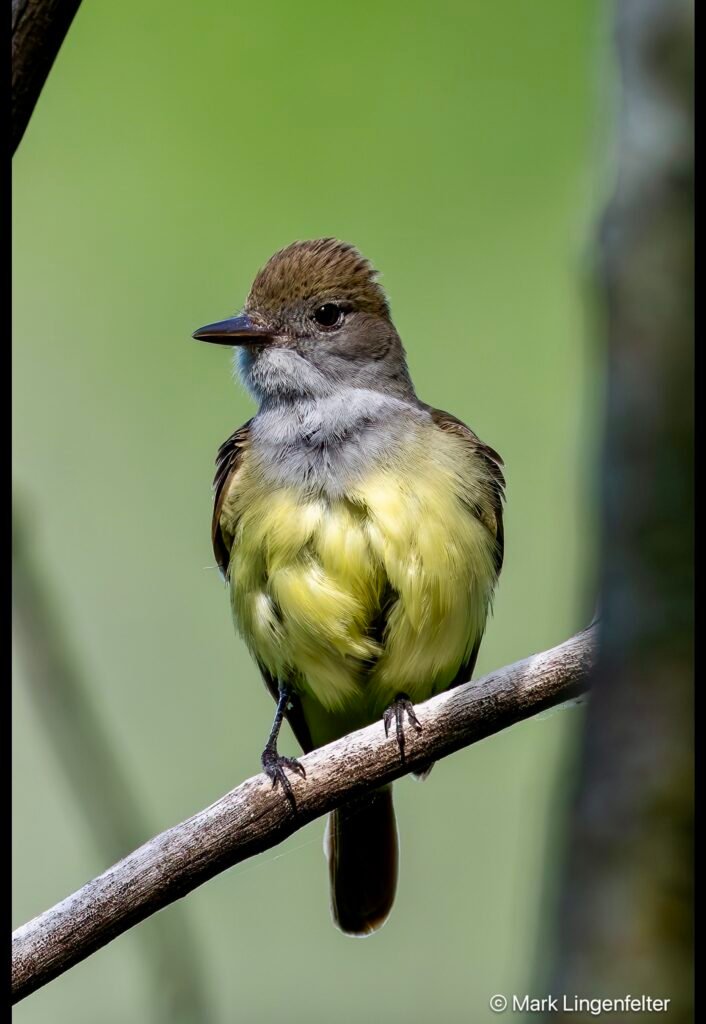
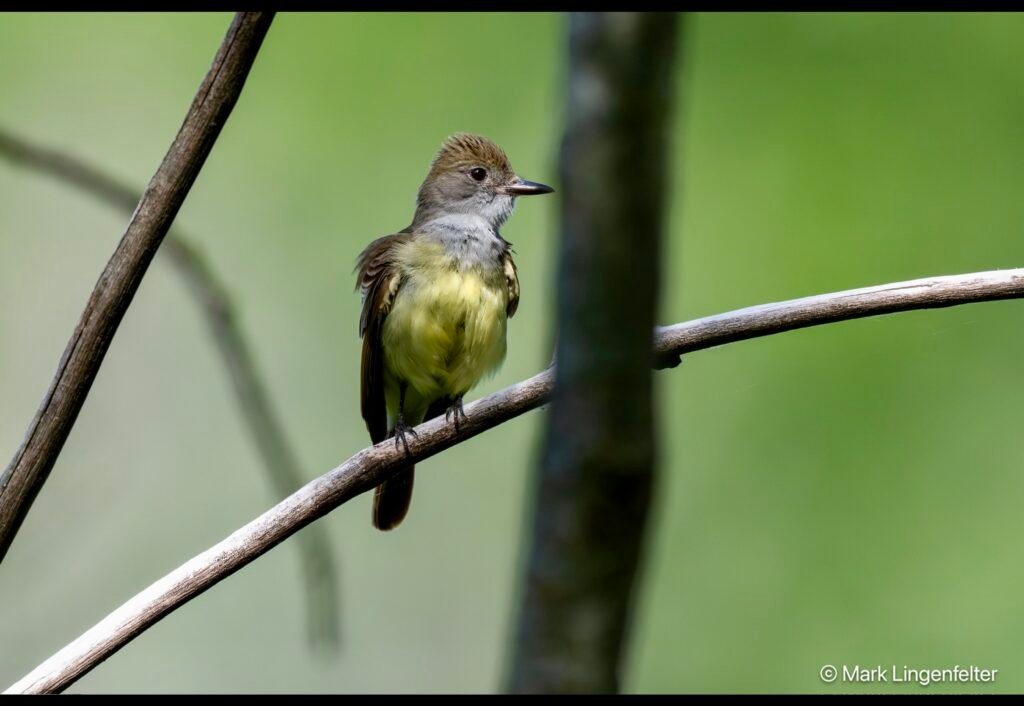
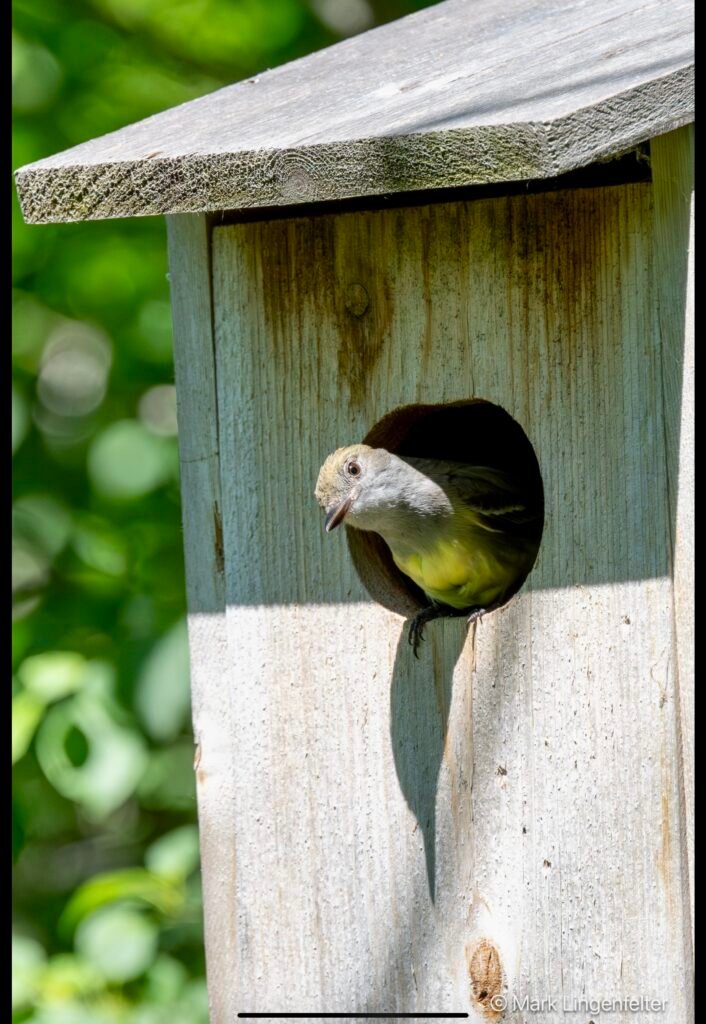
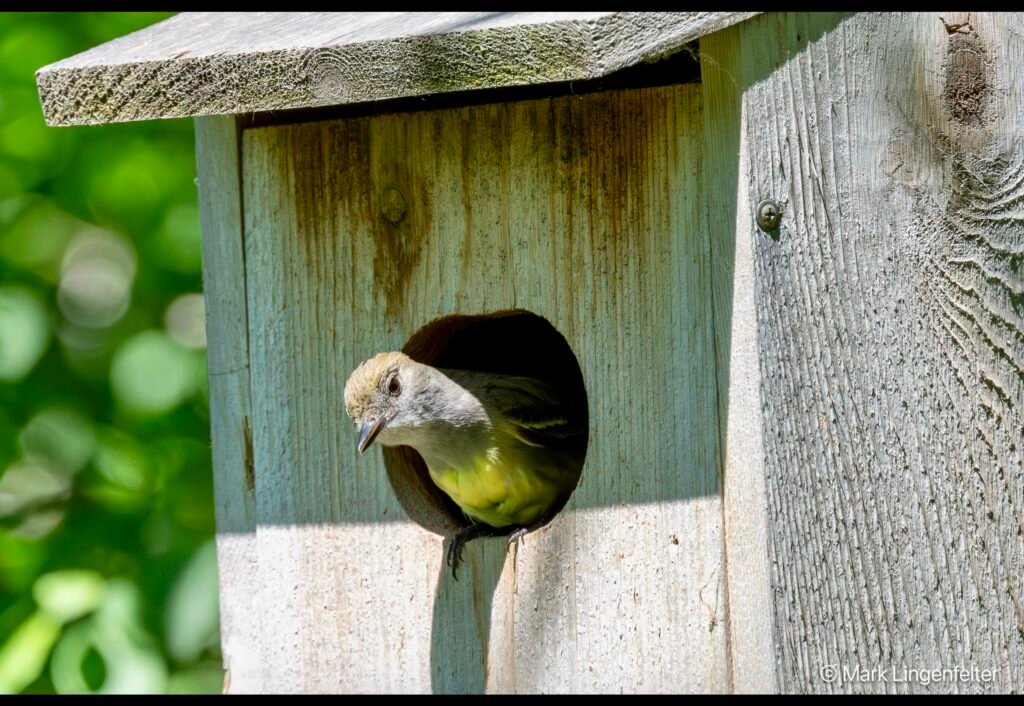
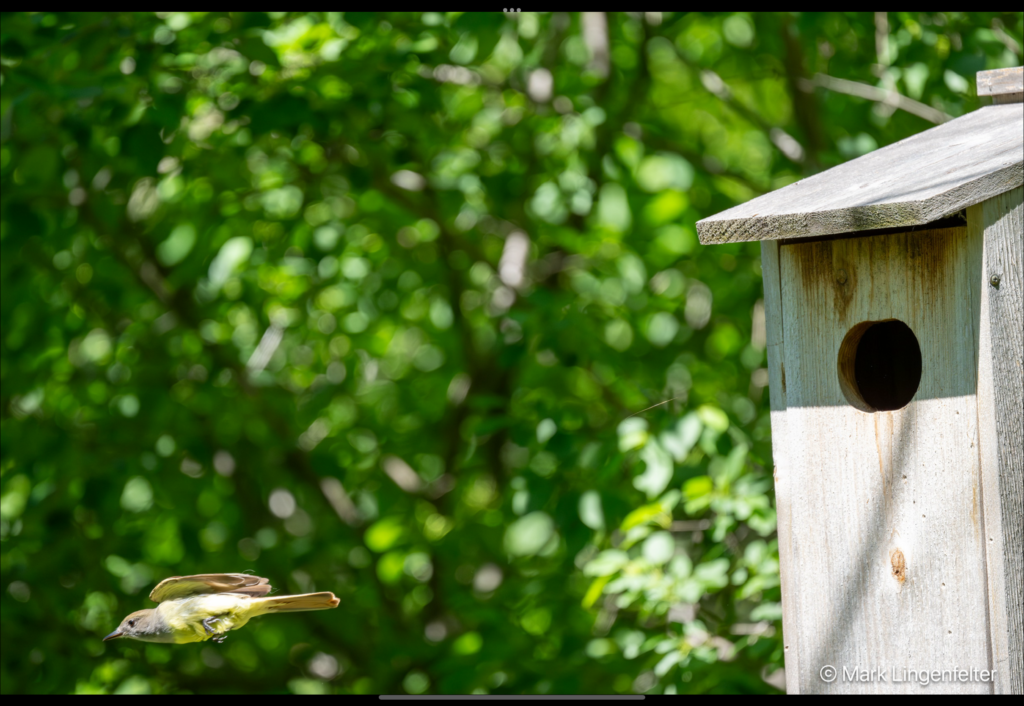
Be the first one to comment!